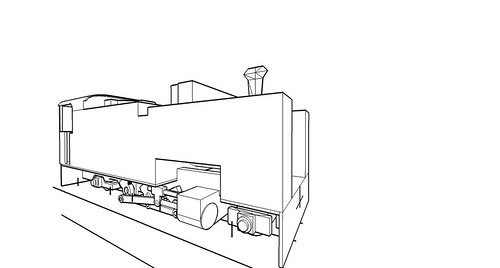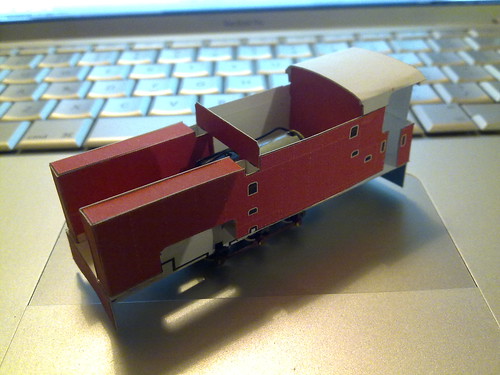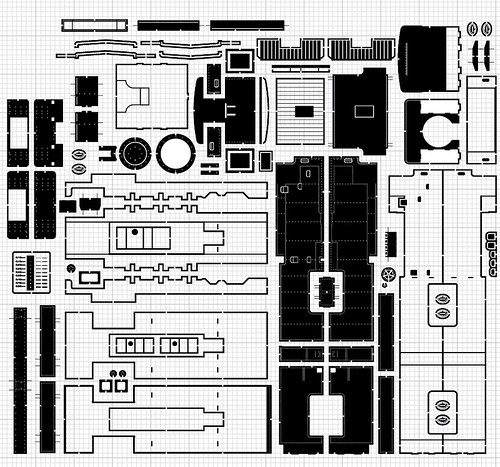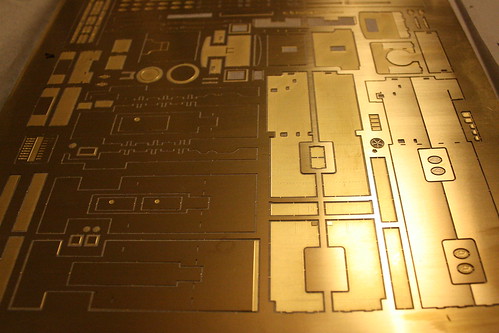Pixels, card and brass
HOe indian model-railways narrow-gauge scratchbuilt ZFRecently I’ve been getting to grips with Adobe Illustrator, using it to draw up the artwork for a custom brass etch. It’s for a model I could have made out of styrene, in fact I did start doing so, but considering I need at least two of them and I’d like them to be more or less the same and it’s something I’ve wanted to try for a while I thought… why not?
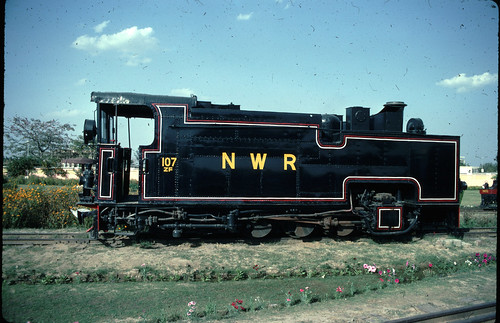
Photo © David Churchill, used with permission
The protoype – the “ZF” class of 2-6-2T locos built by Henschel of Germany in 1934 and 1935 for the Kalka-Shimla Railway in northern India. These were derived from an earlier design, the KC class, which was built by North British and had originally a more conventional side tank appearance before tank and bunker extensions were progressively added. The ZFs were built in more or less the format seen above, pre-extended, and this example was captured by David Churchill at the Delhi Railway Museum around 1980.
So maybe not the most obvious choice for modelling, but they have a certain brutish charm which I have become rather fond of and the opportunity to work on this project was eagerly grabbed.
The first step was to collate what data I could find about the loco, mostly photographic but some basic drawings were also available thanks to a contact in India. From this I created a 3D visualisation of the loco in Google Sketchup, to get a feel for how parts might fit together and also to generate scale dimensions without having to measure and calculate everything.
Once I had started to convert this virtual model into etchable components in Illustrator, it made sense to print the drawing onto thin card and then try to build it. This was extremely helpful for checking that the parts joined together as planned, and also fitted on the chosen mechanism – the new-style Graham Farish 08 class diesel shunter which with outside frames is fast becoming a magic bullet for narrow gauge locos on 9mm track.
Even at the card stage it seemed that the chunky, angular look of the loco had been captured, so I pressed on and completed the artwork to have it sent off for etching. The resulting file might look a bit impenetrable but the major parts should be identifiable. The process certainly gave me a new appreciation for those who were able to draw this kind of thing by hand before the advent of vector graphics software.
And then, after an agonising wait, the brass came back. Barring a few snags, where I was too ambitious with the level of detail versus the technical limitations of the etching process (but not to worry, this is a learning experience!) it looks like it came out right.
So now all I need to do is put it together!
- Previous: Planning Harrogate
- Next: Buy my diorama
